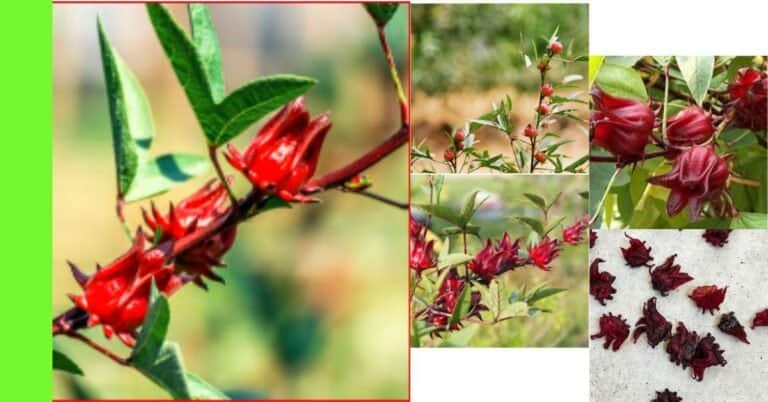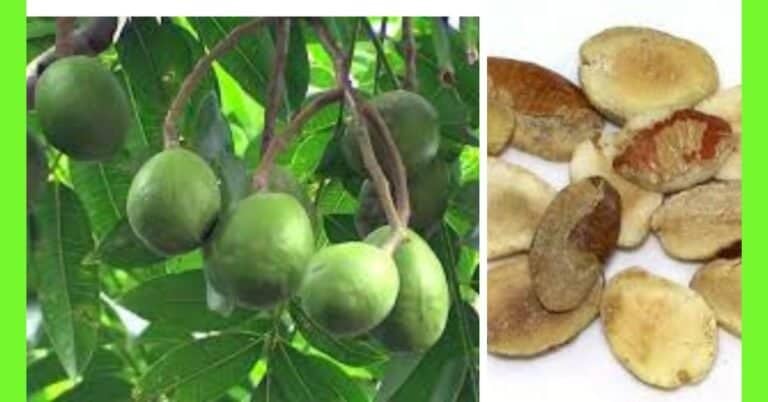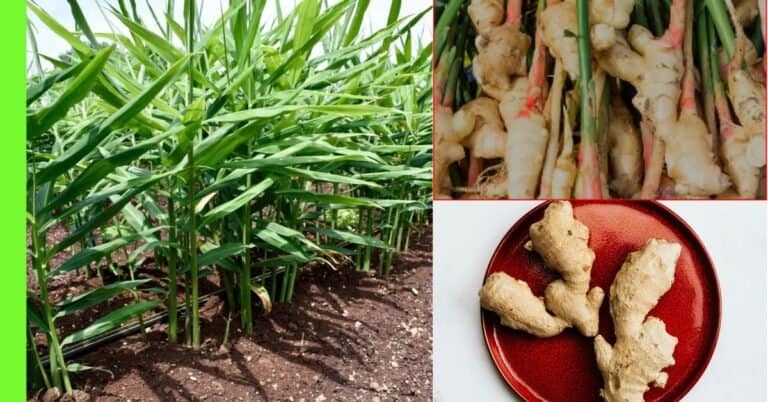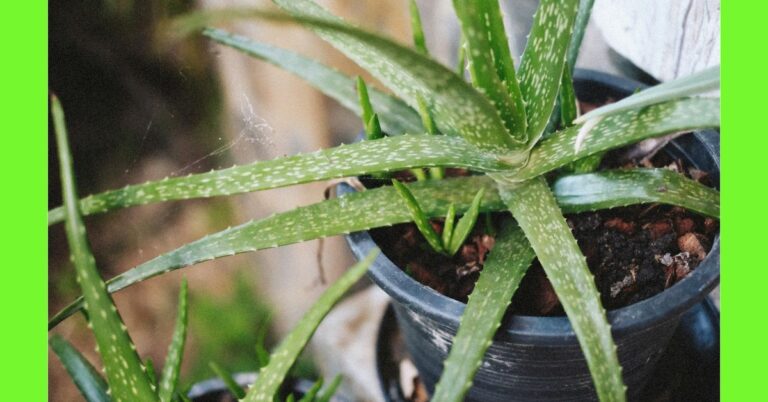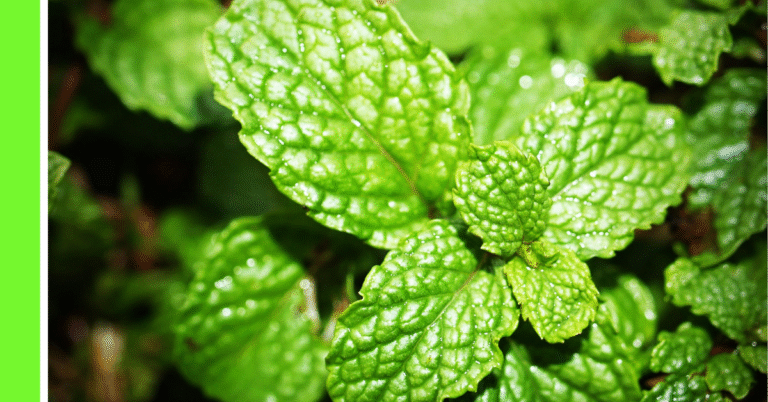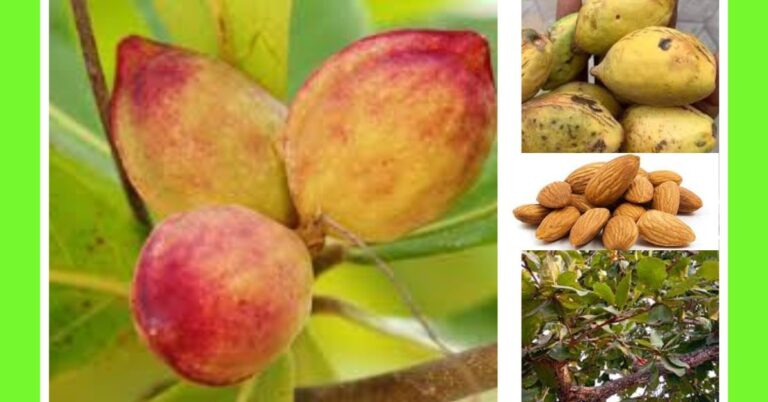How to Plant Cherry in Nigeria: A Complete Guide
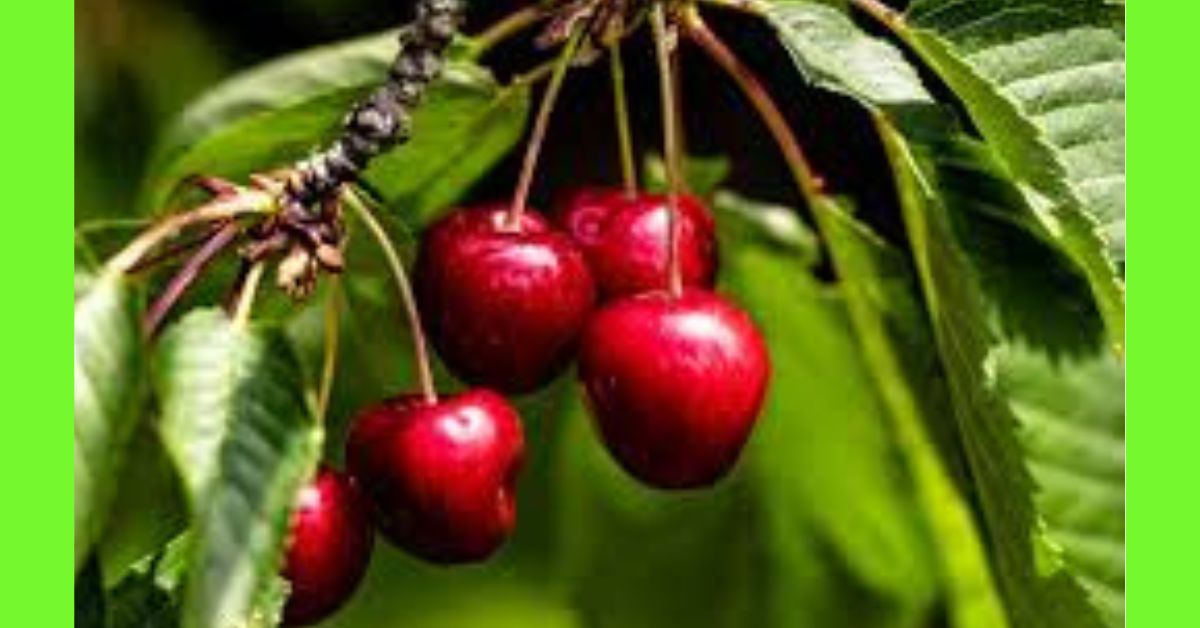
Growing cherry in Nigeria is a rewarding endeavour that can yield delicious fruits, whether for personal enjoyment or commercial purposes.
With the right conditions and a step-by-step approach, you can cultivate healthy cherry plants that produce bountiful harvests.
Here’s a guide to help you get started.
Description of a Cherry Plant
Cherry plants are small to medium-sized trees with an average height of 6–10 meters, depending on the variety.
They have smooth, dark bark and dense green leaves.
Their blossoms are fragrant and delicate, often white or pink, which add ornamental value to gardens and orchards.
Cherries belong to the Prunus genus and are divided into two main types: sweet cherries and sour cherries.
In Nigeria, sour cherry varieties tend to grow better due to their adaptability to warmer climates.
The Planting Season for Cherry
In Nigeria, the best time to plant cherry is during the early rainy season, typically between March and April, to ensure adequate moisture for seed germination and seedling growth.
Early planting allows the trees to establish roots before the dry season, minimizing water stress during their early growth stages.
Alternatively, planting can also occur during the late rainy season, but additional irrigation may be necessary.
Planting Cherry
Step 1: Choose a Location
Cherry plants require a well-drained location with adequate sunlight, as they thrive best in full sun.
Avoid areas prone to waterlogging, as cherry trees are susceptible to root rot.
The soil should be loamy or sandy loam with a pH level between 6.0 and 7.0.
Step 2: Land Clearing and Preparation
Clear the land of any weeds, rocks, or debris.
Ensure the soil is free from competing plants that might hinder cherry seedling growth.
Plough the land to loosen the soil, which will improve root penetration and aeration.
Step 3: Means of Propagation
Cherry plants can be propagated from seeds, cuttings, or grafting.
In Nigeria, growing cherry from seeds is popular, though grafting is often used in commercial setups to produce specific cherry varieties with desirable traits, such as size or flavour.
Step 4: How to Plant Cherry from Seed
- Seed Preparation: Start by selecting healthy seeds from ripe cherries. Clean the seeds, then let them dry in a shaded area for a few days.
- Stratification: To improve germination rates, cherry seeds benefit from stratification (a process of simulating cold weather). Place the seeds in a plastic bag with a damp paper towel and refrigerate for 8–10 weeks.
- Sowing: Plant each seed about 1–2 inches deep in prepared soil. Space each seed about 4–6 feet apart to allow ample room for growth. Cover lightly with soil and water gently.
Step 5: Watering
Cherry plants need regular watering, especially during the initial growth stages.
Water once or twice a week, depending on rainfall, ensuring that the soil remains moist but not soggy.
During the dry season, increase the frequency of watering to prevent dehydration.
Step 6: Apply Manure
Adding organic manure, such as compost or well-rotted animal manure, enriches the soil and supplies essential nutrients.
Apply a layer of compost around each plant, keeping it about 2–3 inches away from the stem.
This encourages healthier growth and fruit development.
Maturity and Harvest
Cherry plants typically take about 3–5 years to mature and produce their first fruits.
Once mature, the trees will bloom in the rainy season, with fruits ready for harvest after a 60–90 days period.
Harvest cherries when they reach full colour and are firm to the touch.
Carefully pick each cherry by hand to avoid damaging the branches or unripe fruits.
Pest and Diseases
Some common pests and diseases affecting cherry plants in Nigeria include:
- Aphids: Small insects that feed on leaves, leading to curling and yellowing.
- Fruit Flies: They lay eggs on the fruits, causing them to rot.
- Powdery Mildew: A fungal infection that leaves a white powder on leaves.
- Root Rot: A fungal disease caused by overwatering or poor drainage.
- Leaf Spot: Causes brown or black spots on leaves, affecting photosynthesis.
Pest and Disease Control
To maintain healthy cherry plants, regular pest and disease control measures are essential:
- Aphids: Use insecticidal soap or neem oil as a natural remedy to control aphids.
- Fruit Flies: Place traps near the plants or apply organic insecticides designed for fruit fly control.
- Powdery Mildew: Prune affected branches and apply fungicides like sulfur-based sprays.
- Root Rot: Improve drainage around the plants and avoid excessive watering.
- Leaf Spot: Remove infected leaves and use copper-based fungicides if the problem persists.
Practising crop rotation and maintaining clean surroundings also help reduce pest infestations and disease outbreaks.
By following these steps, you can successfully grow cherries in Nigeria, resulting in a fruitful harvest that can be enjoyed locally or sold for profit.
Proper care, especially during the early stages, will help your cherry plants thrive and provide a high yield for years to come.
I hope this article was helpful.
Is there any crop you want to grow and can’t find in our How to Grow category?
Let us know; leave a note in the comment box below.

